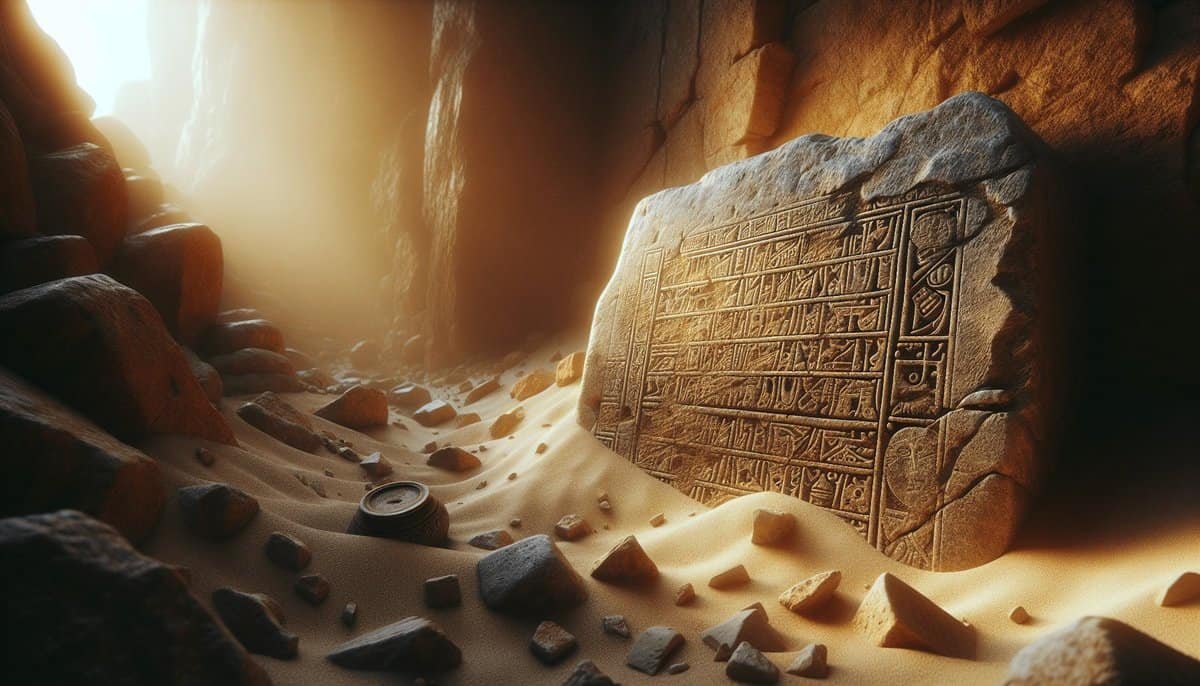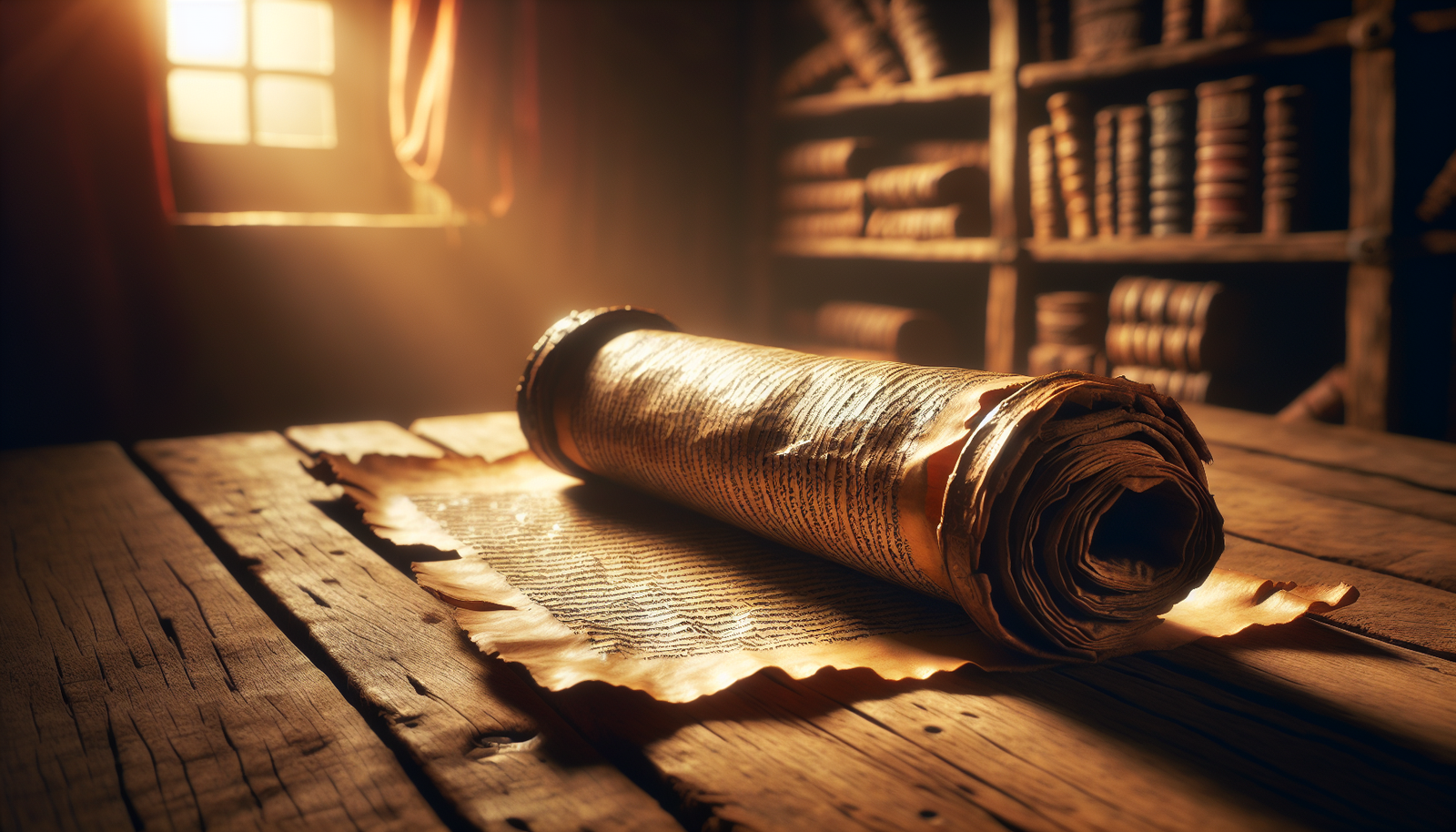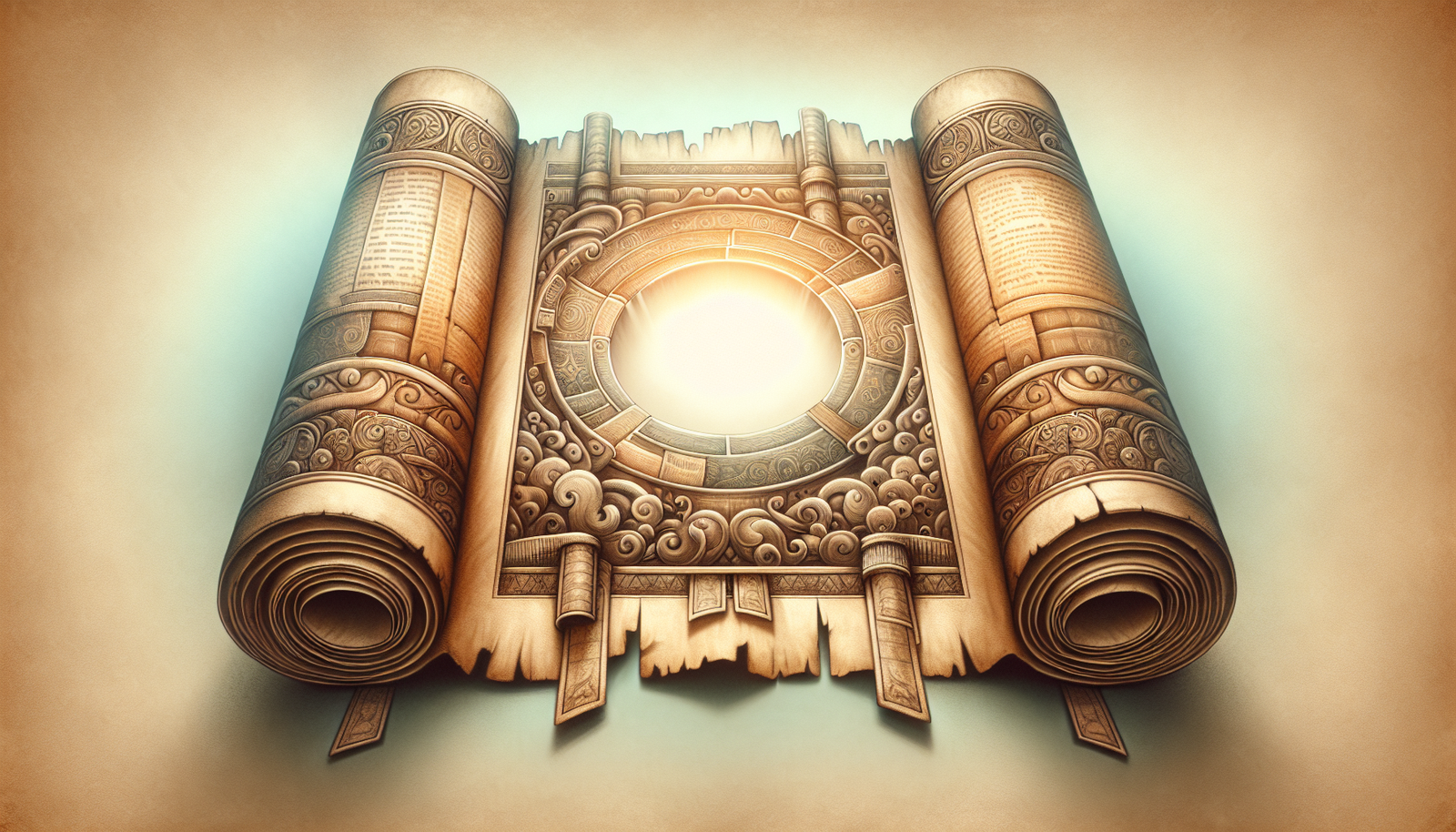What if I told you that hidden among the sands of time and ancient texts lay a mystery that has baffled scholars for decades? The Dead Sea Stone Inscription, a relic that tantalizes historians and archaeologists alike, holds secrets that could unlock a deeper understanding of our history. So, grab a cup of your favorite brew as we unravel the captivating story behind this enigmatic artifact.
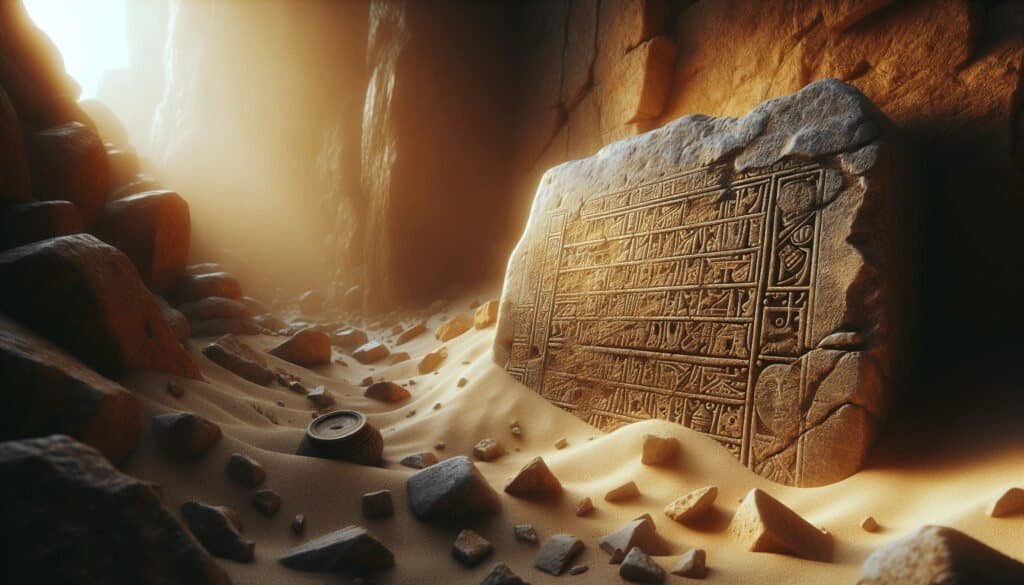
The Historical Context of the Dead Sea Scrolls
Understanding the inscription requires a glance at the broader context of the Dead Sea Scrolls. Discovered between 1947 and 1956 along the shores of the Dead Sea, these scrolls comprise a diverse collection of ancient manuscripts. Written predominantly in Hebrew, Aramaic, and Greek, they range from biblical texts to commentaries, prayers, and community rules.
Significance of the Scrolls
The Dead Sea Scrolls date back to as early as 300 BCE to 70 CE, shedding light on the development of Jewish thought during the Second Temple period. The scrolls also provide invaluable insights into early Christianity and the cultural milieu from which it emerged. For many, they’re not just ancient writings; they are a gateway to understanding the complexities of faith, culture, and identity.
The Dead Sea Stone Inscription: A Brief Overview
Now, let’s hone in on the Dead Sea Stone Inscription itself. This inscription is thought to have been discovered in one of the caves near Qumran, where the scrolls were found. But here’s the kicker – a significant portion of this inscription appears to be missing, leading to a tantalizing puzzle waiting to be solved.
What Do We Know About the Inscription?
While precise details regarding the stone inscription remain vague due to the challenges of incomplete findings, existing scholarly consensus suggests that it may contain references to certain religious rites or laws practiced by the community that lived in Qumran. The content and implications of this inscription have both intrigued and flummoxed researchers.
- Location: Near the Dead Sea, likely within the Qumran Caves.
- Content: Potentially religious or legal texts, offering insights into the practices of an ancient Jewish sect.
- Condition: Fragmentary, with parts of the text lost, raising questions about its original message.
The Missing Jar Syndrome: Where Did It Go?
One of the puzzling aspects surrounding the Dead Sea Stone Inscription is the missing jar. It leads to a curious inquiry: what happened to it, and why does its absence feel so significant?
The Role of the Jar in the Inscription’s Context
You see, jars were more than mere containers in ancient times. They were instrumental in preserving texts, including the scrolls we now cherish. The missing jar is speculated to have housed the inscription, holding crucial clues to its meaning.
Table: The Importance of Jars in Ancient History
| Function | Description |
|---|---|
| Preservation | Jars were used to store scrolls and texts. |
| Ritual Significance | Certain jars held religious artifacts. |
| Trade and Commerce | Jars were used for storage of goods in trade. |
Theories Surrounding the Missing Jar
Numerous theories exist regarding the fate of this elusive jar:
- Natural Decomposition: Over time, the materials could have deteriorated, leaving little trace.
- Looting: It’s plausible that treasure hunters stumbled upon the cave and absconded with the jar.
- Accidental Loss: Could it be that the jar was simply misplaced during excavations or research?
Each theory presents a different shade of the truth, making it all the more intriguing.
The Search for Lost Texts: What Could Have Been
As we grapple with the notion of missing artifacts, we can’t ignore the lost textual treasures. The implications of the missing jar extend beyond mere curiosity; they beckon us to consider what ancient knowledge remains undiscovered.
Impacts of Missing Texts
When we ponder over lost texts, what comes to mind are the ideas, stories, and teachings that have vanished into the ether. The scrolls contained not just scripture but also communal practices, histories, and possibly unfathomable wisdom.
Potential Contents of the Lost Texts
While we can’t know precisely what was written, it’s beneficial to explore the range of content the lost texts may have encapsulated:
- Commentaries: Insights on Biblical scripture, expanding interpretations and teachings.
- Community Rules: Directives on governance and communal living from the sects of the time.
- Prayers and Hymns: Forms of spiritual expression reflecting the beliefs of the ancient community.
The absence of these texts raises important questions about the gaps in our understanding of ancient traditions and beliefs.
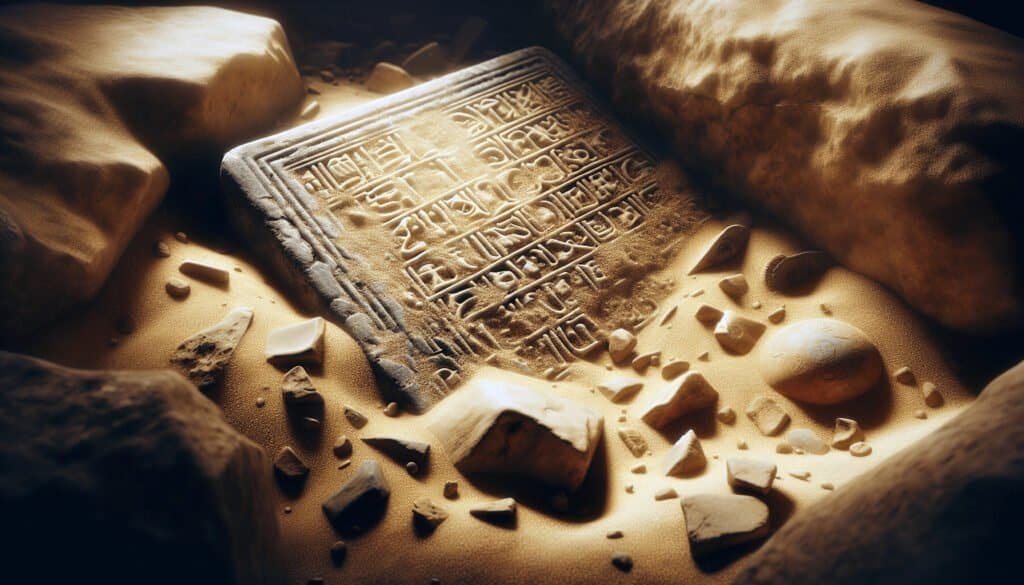
The Cultural Significance of the Inscription
The Dead Sea Stone Inscription isn’t just an artifact; it’s a cultural watershed. What we can glean from this inscription taps into the heart of religious practices and the identity of a community that thrived in ancient Judea.
Connecting the Past to the Present
In some ways, the teachings that could have been derived from the inscription resonate with contemporary religious and cultural debates. By understanding these ancient voices, you can gain perspective into the continuity of beliefs and the evolution of religious thought.
Table: Cultural Reflections in Ancient Texts
| Aspect | Description |
|---|---|
| Spiritual Practices | Insights into ancient worship. |
| Social Structures | Understanding communal living and governance. |
| Theological Debates | Eternal questions regarding divine nature and existence. |
Theoretical Perspectives on Interpretation
Different scholars and theologians have forged their interpretations of the inscription. While some argue for a strictly historical lens, others infuse their readings with theological insights.
Scholarly Views
- Historical Interpretation: Focuses on the inscription as a reflection of its time, examining political and cultural contexts.
- Theological Interpretation: Explores the religious implications, asking how these texts nurture faith and understanding today.
One inscribed stone captures the spirit of its culture; your engagement with these varying interpretations enhances your grasp of historical context and contemporary relevance.
Technological Advances in Archaeology
As time marches forward, so does our approach to archaeology. The advent of new technologies offers unprecedented insights into ancient artifacts, including the Dead Sea Stone Inscription.
Techniques Used in Analysis
A few key techniques illustrate how we’re better equipped to understand missing artifacts today:
- Digital Imaging: High-resolution imaging allows for detailed examination of inscriptions.
- 3D Reconstruction: This helps visualize and understand the context in which artifacts were found.
- Chemical Analysis: Testing materials reveals information about the creation and usage of these artifacts.
These technologies don’t just tell us what the inscription says; they also contextualize it within the broader picture of ancient life.
The Role of Linguistics and Paleography
When it comes to understanding ancient texts, linguistics and paleography play crucial roles, acting as the bridge between ancient scribbles and modern comprehension.
Deciphering the Language
Linguists painstakingly analyze the scripts, considering dialects, variations, and stylistic choices. Each letter and character opens a window into the society that crafted it.
Table: Key Linguistic Elements of the Inscriptions
| Element | Importance |
|---|---|
| Script Variations | Different scripts signify various communities. |
| Lexical Choices | Word usage reflects social and cultural contexts. |
| Syntax and Structure | Grammar patterns unveil linguistic developments. |
By engaging with these elements, you unlock not just the words but the very heartbeat of a long-gone society.
Ethical Considerations in Archaeology
Our journey into the past draws us toward ethical considerations surrounding archaeological practices. With each digging session, you’re urged to contemplate the implications of unearthing such artifacts.
The Debate on Ownership and Heritage
Questions about who owns ancient artifacts, especially those with deep cultural and spiritual significance, can cloud the discourse. Should these relics remain in situ, or should they be preserved in museums for public education?
- Cultural Heritage: Artifacts illuminate a culture’s identity; their protection ensures a legacy.
- Public Engagement: Making artifacts accessible can educate and foster appreciation for diverse histories.
- Scientific Discovery: Controlled excavations can yield invaluable knowledge that shapes our understanding of the past.
These considerations become critical as you contemplate the significance of ancient texts and their rightful place in our collective memory.
Theological Ramifications of the Inscription
Wondering how the Dead Sea Stone Inscription affects contemporary theological discussions? You’re not alone. As theories abound, faith traditions grapple with the nuances of ancient texts.
The Inscription’s Influence on Theology Today
The potential messages found within the inscription raise questions about divine interaction, spiritual practices, and the evolution of religious thought. You might ponder:
- How do these ancient texts align or conflict with contemporary beliefs?
- What insights can we glean about divine nature from long-lost interpretations?
The dialogue between past and present sustains faith communities as they strive to remain relevant in a rapidly changing world.
A Final Reflection on the Inscription’s Mystery
As we draw closer to the end of our journey through the mysteries of the Dead Sea Stone Inscription, it’s worth reminding ourselves of the rich narrative it embodies.
Tying Ancient Texts to Modern Perspectives
The history woven through these ancient inscriptions serves as a mirror reflecting our contemporary struggles, joys, and beliefs. The missing jar and lost texts remind us of how history can illuminate the present, and in turn, shape the future.
In conclusion, the intrigue surrounding the Dead Sea Stone Inscription underscores a collective yearning to connect with our past. As you ponder these ancient relics, consider how they can nourish your understanding of identity, faith, and history. It’s all about the conversation—both with those who walked the earth before us and among ourselves as we forge forward into the unknown.
